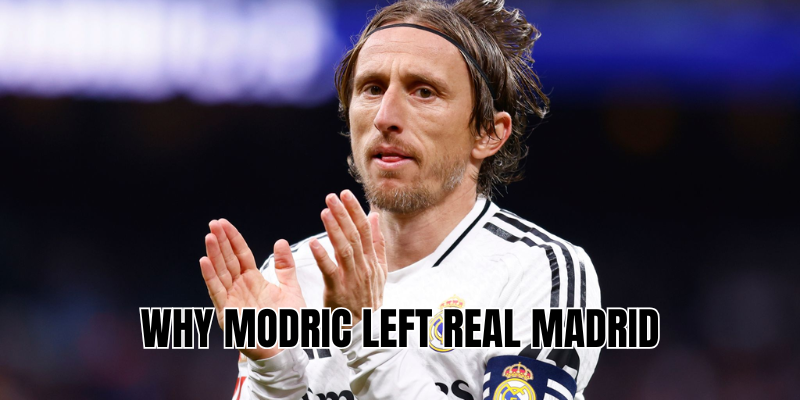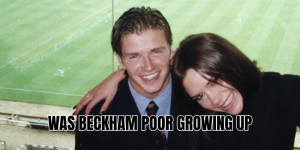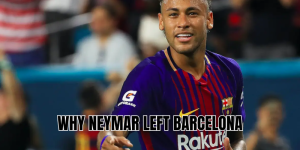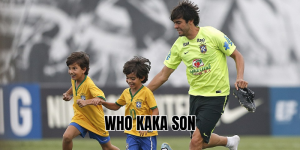From the moment Luka Modrić arrived at Real Madrid in 2012, few could have imagined the epic sweep of trophies, records, and moments he would collect. Yet in May 2025, the Croatian maestro announced an emotional exit: why Modric left Real Madrid is a question that stirs memories, debates, and respect. In this article, QuraGoal will walk you through the real reasons behind Modrić’s departure — beyond age and farewell speeches — and explore what his exit means for both him and Los Blancos.
The long goodbye: trajectory toward the exit
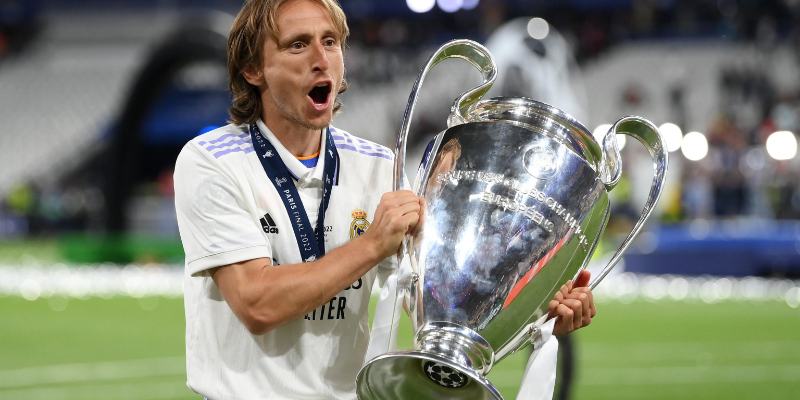
By the 2024–25 season, signs of a coming transition were already clear. Modrić had renewed his contract just one year earlier, but at 39, he was no longer the automatic first choice he had been for years. His minutes began to shrink, and younger midfielders like Jude Bellingham, Aurélien Tchouaméni, Eduardo Camavinga, and Fede Valverde were increasingly trusted in big matches.
Meanwhile, Real’s sporting direction was signaling a generational shift. Reports suggest the club decided against renewing his contract as part of a broader strategy to rebuild the midfield core and reduce reliance on veteran figures. The official communication framed the change as mutual and respectful, but the undercurrents speak of inevitability.
In short: the exit was gradual, with ripples felt long before the final curtain.
Core reasons behind his departure
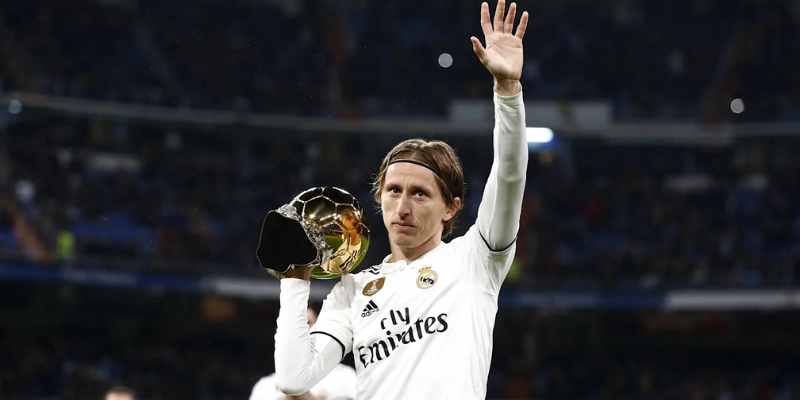
The decision to let go of a club legend like Modrić is never simple. Several intertwined factors come into play — here are the main ones:
Age and performance ceiling
At nearly 40, Modrić entered the stage where physical decline is unavoidable. While his technical class remained, Madrid could no longer count on the same stamina or recovery.
He also occupied a roster spot and wage bracket high enough to carry weight. Keeping a veteran starter with diminishing returns doesn’t align well with long-term competitiveness.
Tactical evolution and squad modernization
Real Madrid’s midfield dynamic shifted. The club’s vision favored a younger, more energetic group capable of pressing, transitioning faster, and absorbing tactical changes. In that context, Modrić’s role became more specialized — mentor, substitute, occasional starter.
Additionally, Xabi Alonso — incoming coach — reportedly had limited scope to change this course. Even though some inside the club reportedly wanted Modrić to stay, the dominant view was that the “new era” should not include such a long-term veteran presence.
Contractual and financial reasons
His contract was set to expire in June 2025, and Madrid opted not to extend it further. While both sides publicly framed the departure as amicable, insider accounts suggest the club made the call in alignment with its restructuring plan.
Modrić’s desire to stay one more year reportedly clashed with the club’s determination to move forward.
Emotional and symbolic timing
Modrić himself described the moment as “the moment I never wanted to come.” He accepted that every career — no matter how luminous — must reach its conclusion.
Choosing to remain through the 2025 Club World Cup gave both him and the club a final stage. This extension beyond the La Liga season allowed a more graceful exit than an abrupt contract cut.
In the symbolic sense, the exit underlined the end of an era at Real Madrid, making space for the next generation.
Modrić’s legacy and post-Madrid path
It’s impossible to talk about why Modric left Real Madrid without appreciating the legacy he leaves behind.
- 28 trophies with the club — including 6 Champions League titles — making him the most decorated in Real Madrid history.
- Over 590 appearances, 43 goals, countless assists, and leadership that transcends the pitch.
- He adapted his game with age, accepted new roles, and never publicly clashed with the club — preserving his reputation as a consummate professional.
As for where he goes next: in July 2025, Modrić signed with AC Milan on a one-year deal (with an option to extend), signaling his intent to continue playing at a high level despite leaving Madrid. He also revealed his emotional farewell, recalling how difficult it was to see the Real Madrid president moved to tears.
Moreover, his future stretches beyond playing. Modrić has acquired a minority stake in Swansea City, hinting he may shift into club ownership and off-pitch roles. rdian.com])
Impact on Real Madrid’s future and squad recalibration
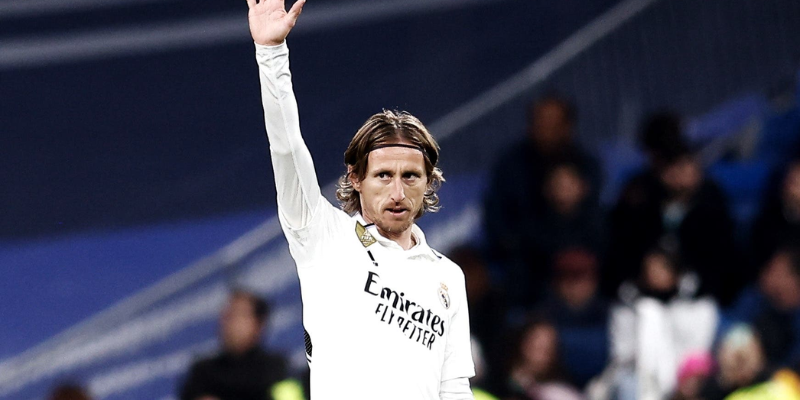
The departure of Modrić has ripples far beyond his personal chapter. For Real:
- The club is now midfield-heavy on youth — Bellingham, Camavinga, Tchouaméni, Valverde — and the space left by Modrić will accelerate opportunities for Arda Güler and others. I])
- The 2025–26 squad is the first since 2011–12 without Modrić, marking a generational divide.
- The symbolic weight of his exit amplifies the message: no player — however legendary — is untouchable in Real Madrid’s philosophy of evolution and renewal.
- The club must also manage the emotional and leadership vacuum. His voice, experience, and presence will be missed in dressing rooms and high-pressure moments.
Yet the club’s decision suggests confidence in collective strength over individual reliance.
Final Thoughts
Why Modric left Real Madrid is not a simple story of aging or farewell. It is the culmination of a carefully orchestrated transition, club strategy, and emotional grace. Modrić’s exit was inevitable — but that did not make it any easier to witness.
For QuraGoal’s readers: if you love football history, player transitions, and behind-the-scenes reality, keep an eye on Modrić’s Milan journey and how Real Madrid rebuilds its midfield heart. His absence will be felt — but his legend will endure.
If you enjoyed this article, check out our deep dives on Real Madrid legends, player exit analyses, and transfer breakdowns. Stay tuned — the story doesn’t end here.

